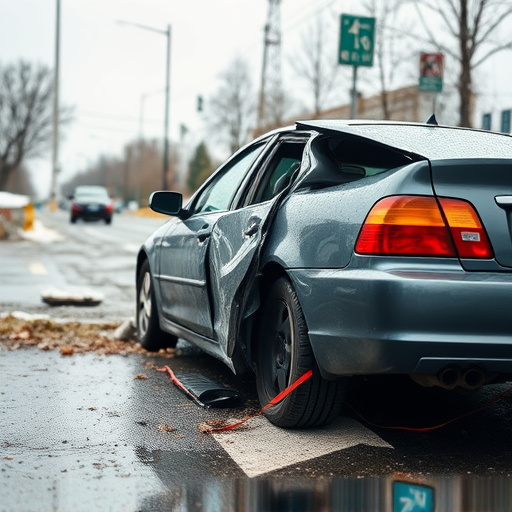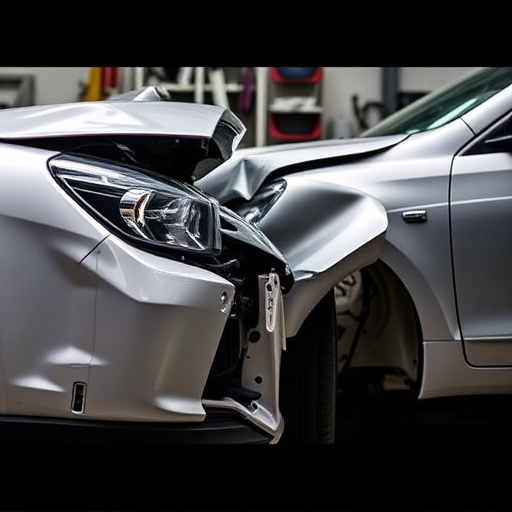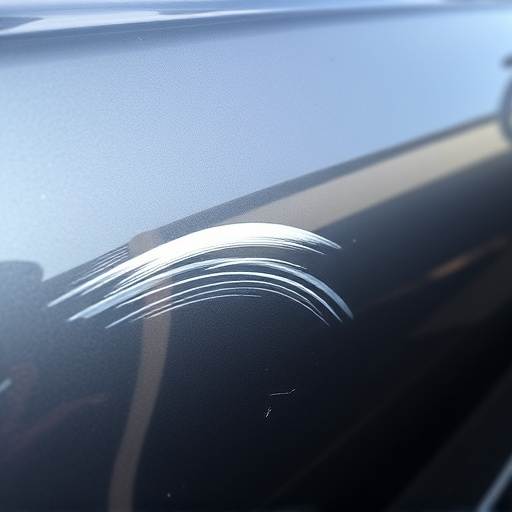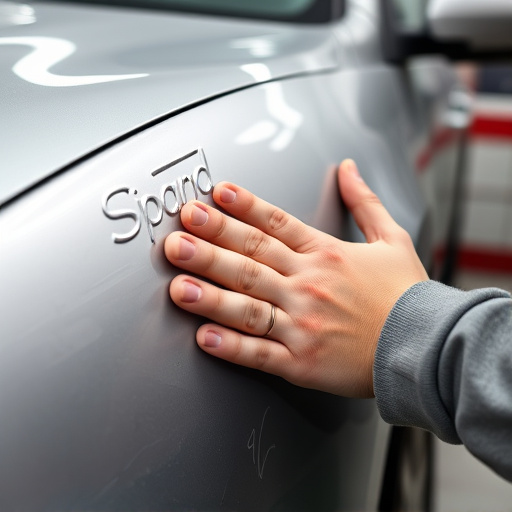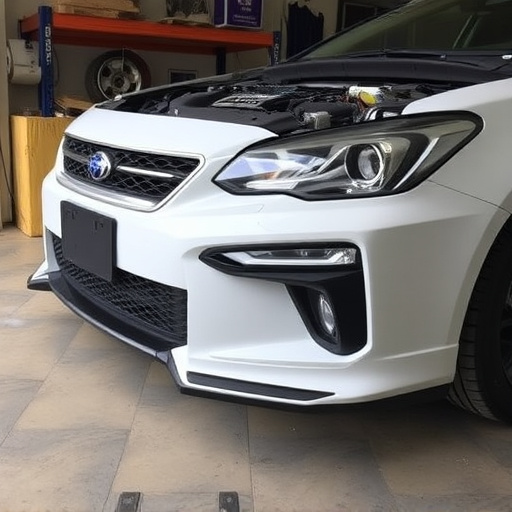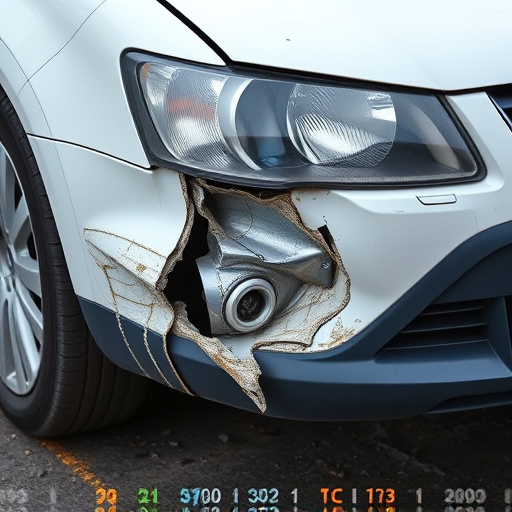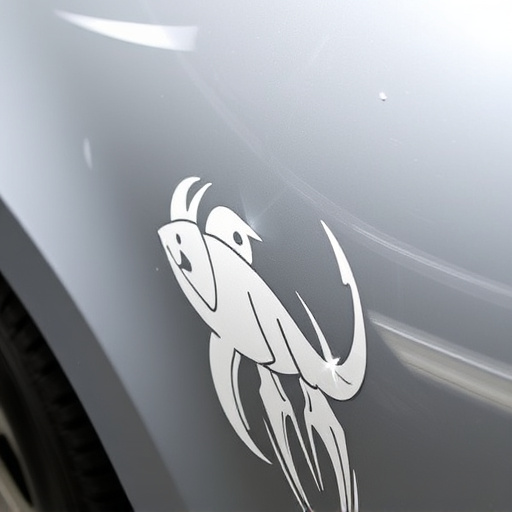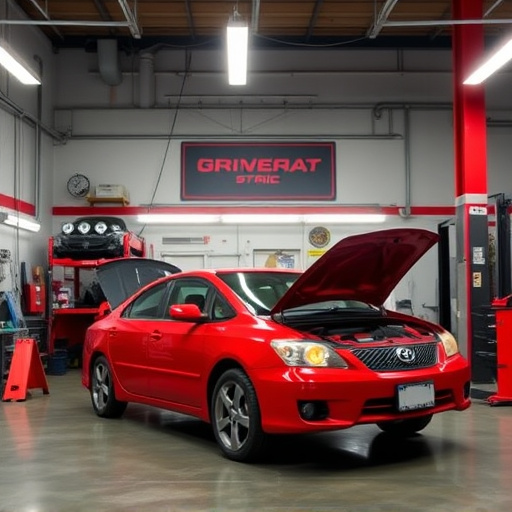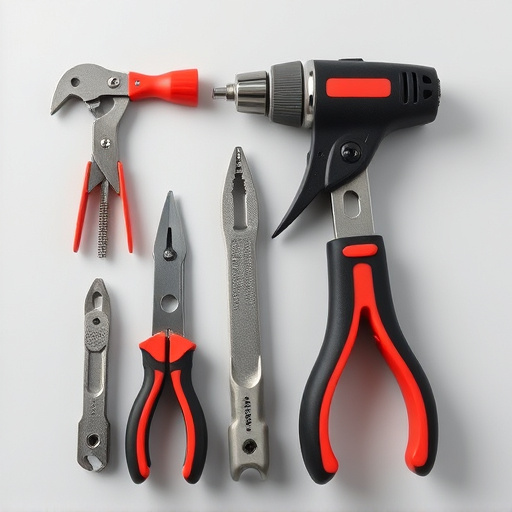The base coat application is a vital step in auto repair, serving as a protective barrier and underlayer for paint. It requires meticulous cleaning, drying, priming, and layering to conceal imperfections and enhance adhesion. In auto glass repair, it acts as a primer, improving bonding strength and reducing post-installation adjustments. Proper base coat application streamlines processes, enhances efficiency, and prolongs repair longevity.
In the realm of repairs, understanding the role of a base coat is key to optimizing time frames. This article delves into the essential aspects of base coat application, focusing on its functionality, application steps, and significant impact on reducing repair timelines. By exploring these elements, professionals can enhance efficiency and deliver faster, more effective results, ensuring satisfied customers in today’s competitive market. Learn how mastering base coat application techniques can revolutionize your repair process.
- Understanding Base Coat Functionality in Repairs
- Steps Involved in Effective Base Coat Application
- The Impact of Base Coat on Repair Time Reduction
Understanding Base Coat Functionality in Repairs

The base coat application plays a pivotal role in defining the success and efficiency of auto repair services, particularly in car bodywork and collision repair services. Beyond merely serving as an underlayer for paint, the base coat acts as a protective barrier, sealing the damaged area to prevent further deterioration. This crucial step in the restoration process not only prepares the surface for subsequent layers but also significantly influences the final aesthetic and durability of the repair work.
Understanding the functional significance of a base coat is essential for achieving precise and long-lasting results. It effectively acts as a bridge between the damaged car bodywork and the topcoat, ensuring seamless integration while offering enhanced resistance to environmental factors like UV rays and corrosion. This meticulous application process is a cornerstone in collision repair services, enabling technicians to restore vehicles to their pre-incident condition or even enhance their visual appeal with modern finishes.
Steps Involved in Effective Base Coat Application

Effective base coat application is a meticulous process that plays a pivotal role in determining the success and longevity of any car body repair or tire service. It involves several critical steps. Firstly, the surface must be thoroughly cleaned to ensure no dirt, grease, or debris remain, which can compromise the adhesion of the base coat. This usually entails using specialized cleaning solutions and abrasives to prepare the damaged area. Once clean, the surface is dried completely before proceeding.
Next, a primer or undercoat is applied as an intermediary layer. This step enhances the bond between the base coat and the car body or tire, ensuring a more even and durable finish. After allowing the primer to dry, the base coat—typically a protective coating designed to cover and conceal imperfections—is carefully layered on. Skilled technicians use brushes, rollers, or spray equipment, depending on the project’s scale and requirements, to ensure uniform coverage without overloading the surface. The final step involves allowing the base coat to cure fully, adhering strictly to manufacturer guidelines for optimal repair outcomes in vehicle repair services.
The Impact of Base Coat on Repair Time Reduction

The application of a base coat plays a pivotal role in streamlining auto glass repair processes and significantly reducing repair timeframes. It serves as an essential primer, preparing the surface for subsequent coatings, thereby enhancing adhesion. This critical step ensures that the new glass or reparative material fuses strongly with the existing frame, minimizing the need for lengthy re-application or adjustment post initial installation.
Moreover, a well-applied base coat acts as a buffer against environmental factors that could compromise auto maintenance efforts. By creating a protective barrier, it safeguards against moisture intrusion and chemical reactions that may weaken bonds over time. This proactive measure not only expedites frame straightening processes but also ensures longer-lasting repairs, ultimately contributing to more efficient auto glass repair and enhanced vehicle longevity.
Base coat application is a crucial step in repair processes, significantly reducing turnaround times. By understanding its functionality and implementing effective application methods, professionals can achieve faster, more efficient repairs. This not only benefits businesses by increasing productivity but also enhances customer satisfaction through quicker service. Incorporating a robust base coat application into your workflow is a game-changer for any repair or restoration project.
